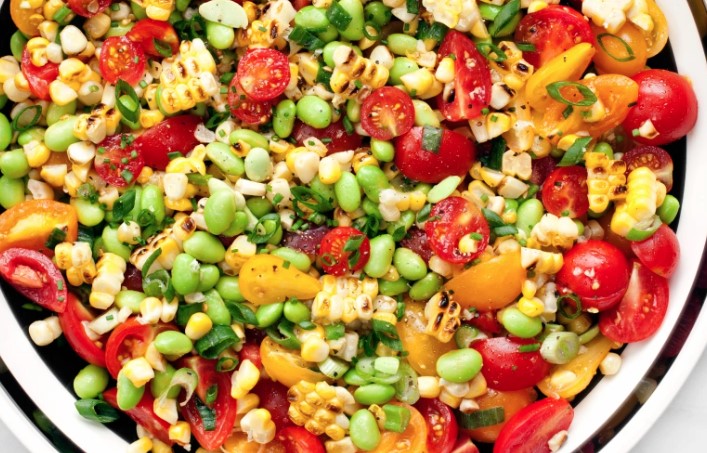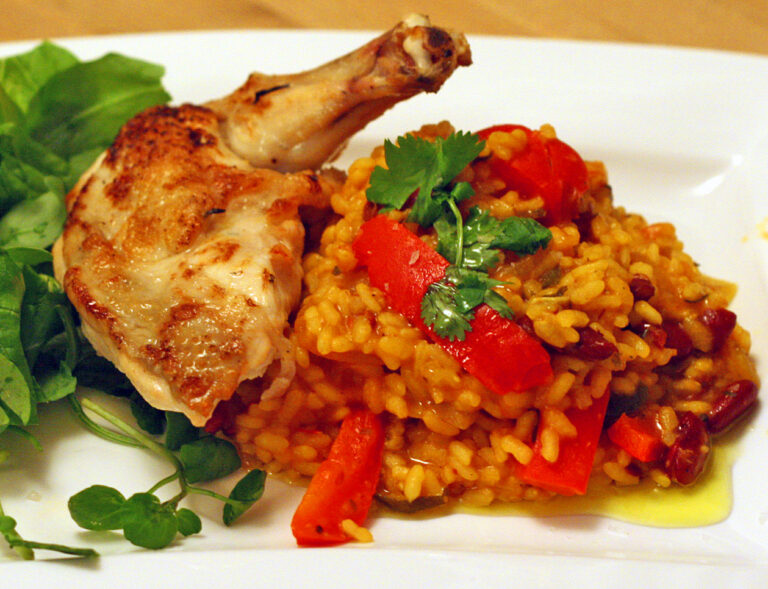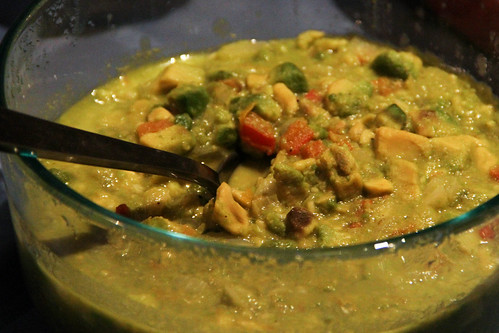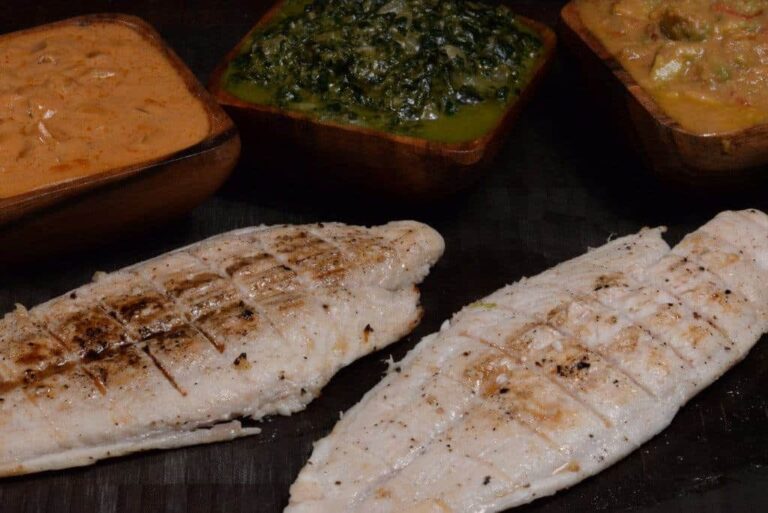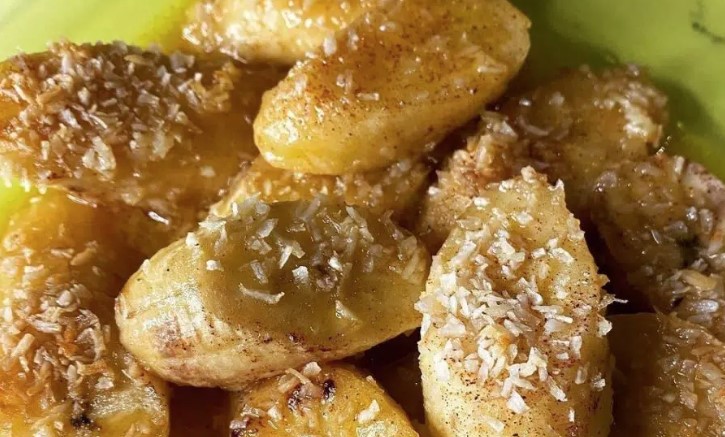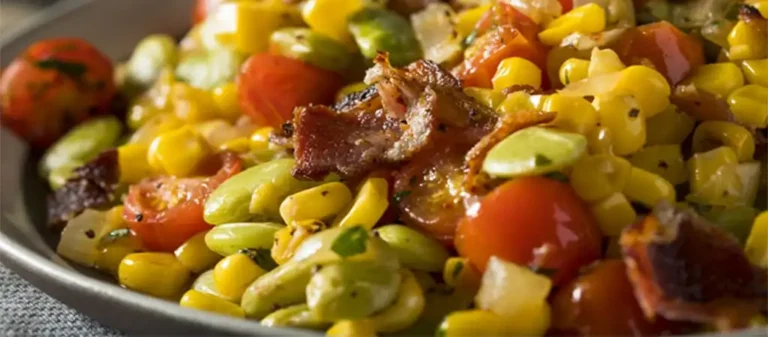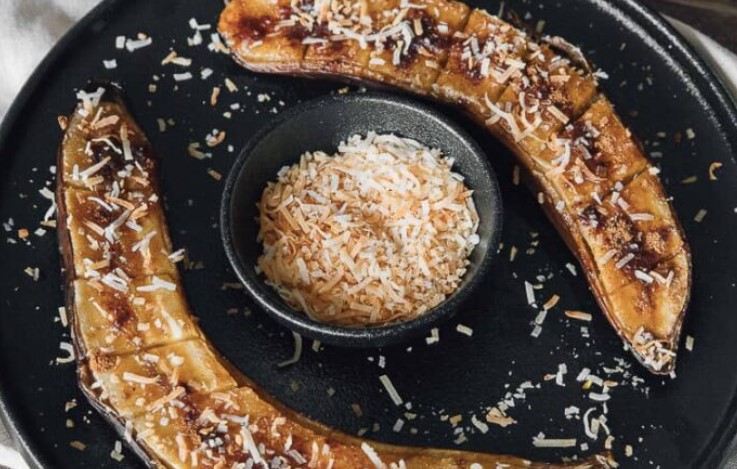Introduction: Equatorial Guinean Street Food
Equatorial Guinea, located in Central Africa, is known for its diverse cuisine that is influenced by Spanish, African, and Portuguese cultures. The country is home to a variety of street food dishes that are popular among locals and tourists alike. Equatorial Guinean street food is often simple, yet flavorful, and reflects the country’s cultural heritage.
The Significance of Street Food Festivals
Street food festivals are an important part of local culture in many countries around the world. They provide an opportunity for people to come together to celebrate food, culture, and community. In Equatorial Guinea, street food festivals are a way to showcase the country’s traditional dishes and culinary heritage.
Traditional Street Food in Equatorial Guinea
Equatorial Guinea has a rich culinary heritage that is reflected in its traditional street food dishes. Some of the most popular street food in the country includes fufu (a starchy dish made from cassava, yams, or plantains), ndolé (a stew made from bitter leaves and groundnuts), and grilled fish or meat. Many street food vendors in Equatorial Guinea also offer snacks such as fried plantains, roasted peanuts, and samosas.
Popular Street Food Festivals in Equatorial Guinea
Equatorial Guinea is home to several popular street food festivals that celebrate the country’s culinary heritage. These festivals typically feature a variety of traditional dishes and street food vendors from around the country. Some of the most popular street food festivals in Equatorial Guinea include:
National Festival of Arts and Culture
The National Festival of Arts and Culture is an annual event that takes place in Malabo, the capital city of Equatorial Guinea. The festival celebrates the country’s cultural heritage through music, dance, and food. The festival features a variety of street food vendors offering traditional dishes such as fufu, ndolé, and grilled fish.
Malabo Food Festival
The Malabo Food Festival is an annual event that takes place in Malabo. The festival celebrates Equatorial Guinea’s culinary heritage with a variety of street food vendors offering dishes such as grilled fish, roasted meat, and fufu. The festival also features live music and cultural performances.
Bata Street Food Festival
The Bata Street Food Festival is an annual event that takes place in the city of Bata. The festival celebrates Equatorial Guinea’s street food culture with a variety of vendors offering traditional dishes such as fufu, ndolé, and grilled fish. The festival also features live music and dance performances.
Conclusion: Celebrating Equatorial Guinean Street Food
Equatorial Guinea is a country with a rich culinary heritage that is reflected in its street food culture. Street food festivals provide an opportunity for locals and tourists to come together to celebrate the country’s traditional dishes and culinary heritage. Whether you’re in Malabo, Bata, or another city in Equatorial Guinea, you’re sure to find a variety of delicious street food dishes to try.


